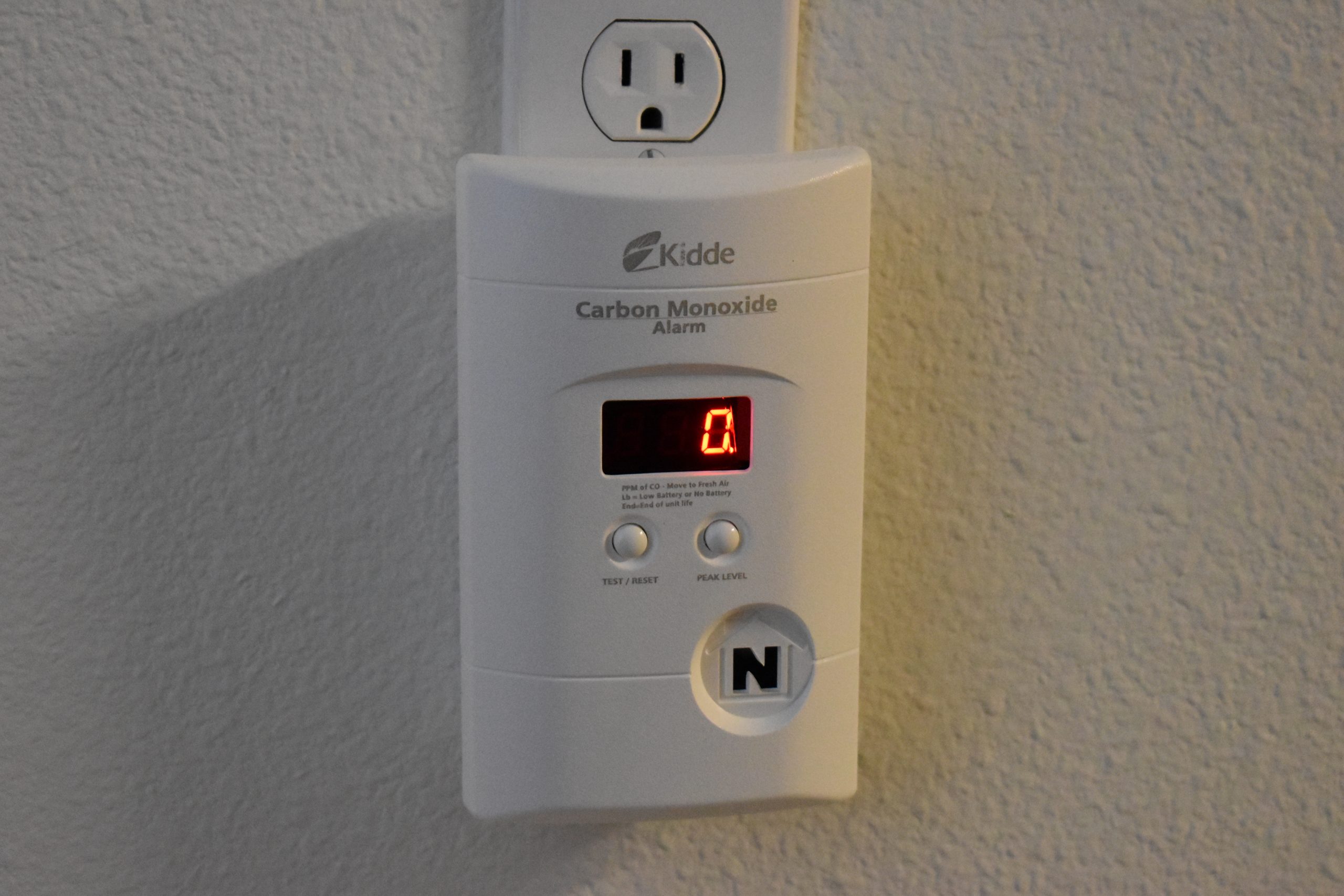The combustion of carbon fuels such as natural gas, propane or wood produces energy. The chemical reactions that occur for any of these fuels can be generally described (unbalanced) as
[latex]\text{Fuel} + \text{O}_2 \longrightarrow \text{CO}_2 + \text{H}_2\text{O}[/latex]
The compounds acting as fuel consist primarily of carbon and hydrogen, though small amounts of other elements (oxygen or sulfur, most frequently) can be present. The reacting oxygen gas is present all around us in air, so with easy access to a source of air the fuel combusts well and is nearly completely converted to the products shown here.
But sometimes that oxygen is not available in adequate supply.
When fuels burn in an oxygen-deprived reaction, the combustion is not complete, and there are too few oxygen atoms to make carbon dioxide. A different reaction predominates, producing carbon monoxide, or CO. Less energy is released, but more importantly even low levels of carbon monoxide that may escape into our living environments are problematic.

Carbon monoxide binds tightly to the hemoglobin in our blood, which means that inhaled CO can disable these molecules and keep them from properly absorbing oxygen gas from the air. In effect, our ability to gather oxygen and get it to our tissues is reduced, causing a variety of health problems and potentially death. Hundreds of people die in the U.S. each year from exposure[1], and thousands need hospitalization or request emergency treatment for exposure.
The source of most of the CO is in our homes, when combustion reactions are incomplete and/or the gases produced by combustion leak into our living quarters. Stoves or furnaces with blocked fresh air inputs or waste gas vents can set up this situation.
The availability of an adequate amount of reactant, then, allows for complete combustion, effectively converting reactants to products. These ratios: between one reactant and another, and between reactants and products, are an important part of understanding chemistry. Chemists have ways to write and read reactions that reveal these relationships, and link the microscopic and symbolic descriptions of chemistry to the macroscopic phenomena we observe.
- https://www.cdc.gov/nceh/features/copoisoning/index.html ↵
